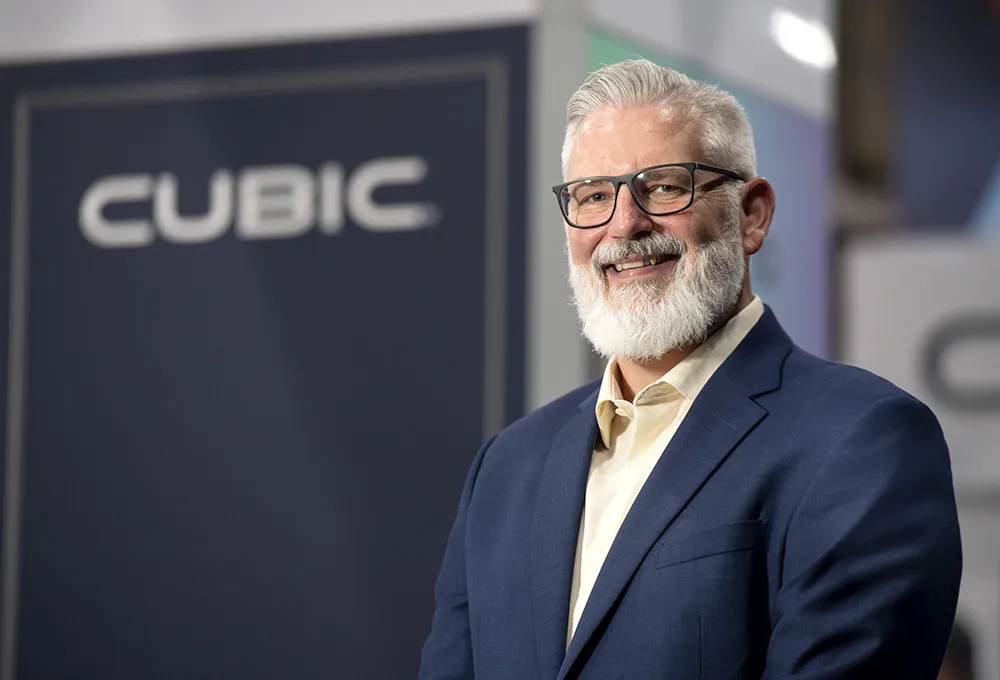Signal Phase and Timing (SPaT) is a critical step to fully-connected vehicles, communicating critical signal information to vehicles before they arrive at an intersection. It’s fundamentally about maximising safety, mobility, and environmental applications.
And
This is cutting down on congestion and getting travellers home on time stuff. And also," he adds with a smile, "this is traffic managers as superheroes stuff." Visitors to McCain’s booth here at ITS America Annual Meeting Detroit, have an opportunity of witnessing SPaT in action. They will see the ATC 352i Low Voltage Cabinet (pictured) paired with McCain’s small but powerful Flex Controller delivering crucial data including live countdown to red and pedestrian alerts.
“It’s not time-travel but it’s as close as you’ll get in Cobo Center this week,” says McKhann. “McCain is committed to positioning clients for the connected future so our ATC Cabinet line is delivered connected and autonomous vehicle-ready. After all, superhero traffic managers shouldn’t have to retrofit equipment to take advantage of evolving technology,” he adds.
Booth 234
McCain lights up Detroit with low voltage ATC 352i
Signal Phase and Timing (SPaT) is a critical step to fully-connected vehicles, communicating critical signal information to vehicles before they arrive at an intersection. It’s fundamentally about maximising safety, mobility, and environmental applications. And McCain says that’s something it knows well. “Getting the maximum for customers is part of the brand,” says Greg McKhann, McCain’s VP/COO (pictured). “But this isn’t some esoteric science exercise. As a leader in connected vehicle and SPaT-ready
June 6, 2018
Read time: 2 mins








